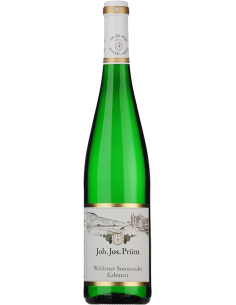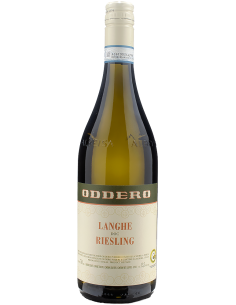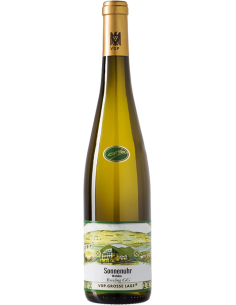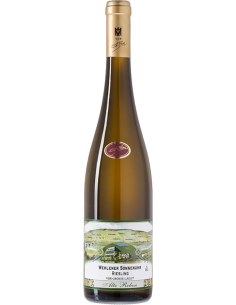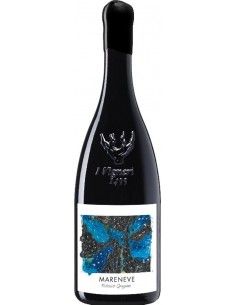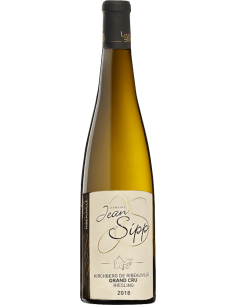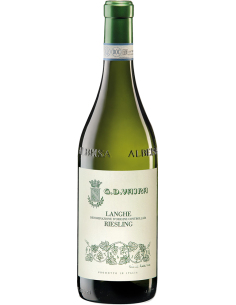The Riesling Rhine vine originates, as is evident from the name, from the Rhine valley, in Germany. In these areas, and especially in the Moselle area, the grape variety is widely cultivated and produces wines with surprising results, even if not above all as late and sweet grapes, even with the contribution of noble molds, up to the famous "Eiswein". Riesling is the most important German grape variety and represents for Germany what Chardonnay is for France. Its name could derive from the expression "Reissende Tiere" or "wild animals", due to its derivation from domesticated wild vines. It is widely distributed throughout Central Europe, Austria, Hungary, Slovenia and Croatia. In France it is cultivated in areas bordering on Germany, in Alsace in particular. In Italy Riesling Renano is mainly cultivated in Trentino Alto Adige, in Oltrepò Pavese, in Veneto and in Friuli-Venezia Giulia. It prefers fresh areas and on rocky soil. Its diffusion in our country is relatively recent, between the end of the 800 and the beginning of the 900. Noteworthy are the differences between Rhine Riesling and Italic Riesling, both from the ampelographic point of view (cluster and leaf) and with regard to the wine obtained, which in the case of Italic Riesling is more drinkable, if compared with the more aristocratic tones of the Rhine Riesling. The blend of the two, in any proportion, always gives great class results.











